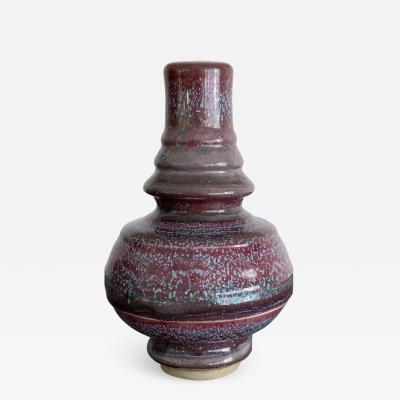- FINE ART
-
FURNITURE + LIGHTING
Shop By Category
Shop By Artist
- NEW + CUSTOM
- DECORATIVE ARTS
-
JEWELRY
Shop By Category
Shop By Artist
- INTERIORS
- MAGAZINE
Period
Medium
Size
Location
- Clear All
Awaji Pottery
Japanese
Awaji pottery was made on the Japanese island of the same name between 1830 and 1939. Most of the pieces that we see here in the West were made sometime between the mid 1870's when Awaji began exporting pottery, and the mid to late 1930's when the last of the kilns closed. Awaji pottery comes in an abundant variety of shapes, colors, and decorative techniques. The glazes are often brilliant in tone and most are translucent and finely crackled. The ware is sometimes mistaken by the uninitiated for European majolica or American art pottery. Unlike majolica and the vast majority of Western art pottery, most Awaji pottery is robustly hand-thrown, with only small and complex forms molded. Some of the earlier ware is delicately potted, but the majority of Awaji-ware is more stoutly constructed and pleasantly balanced. The Awaji potters were masters of their craft who had an innate feel for the possibilities of the clay form. The result of their efforts is a pottery of exceptionally lively forms that have an informal and genuine feel, devoid of fussiness and pretension.
source: https://www.tklibby.com/Awaji_Pottery.html
Awaji pottery vases
source: https://www.tklibby.com/Awaji_Pottery.html
Awaji pottery vases
